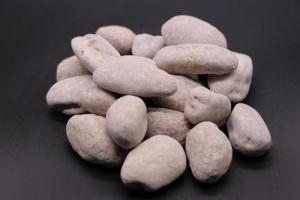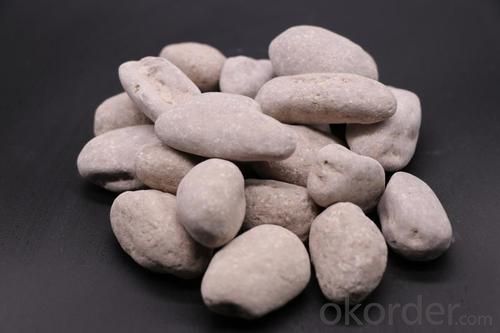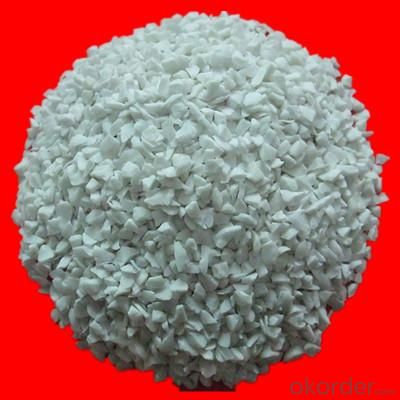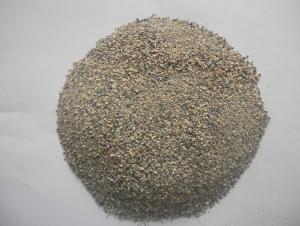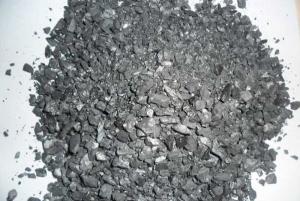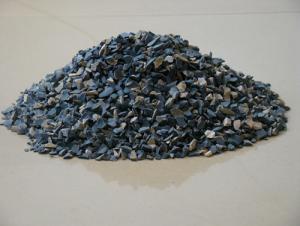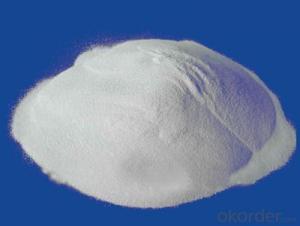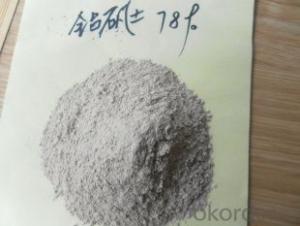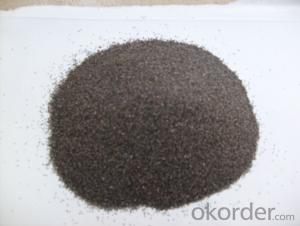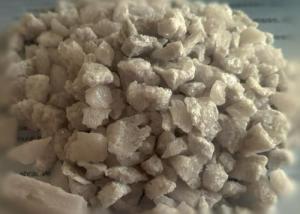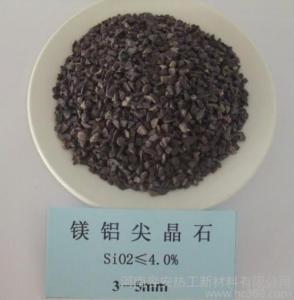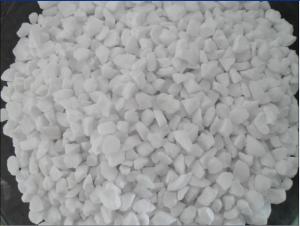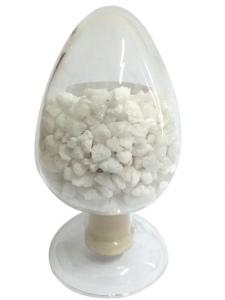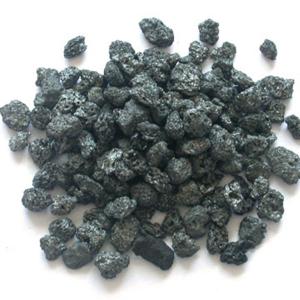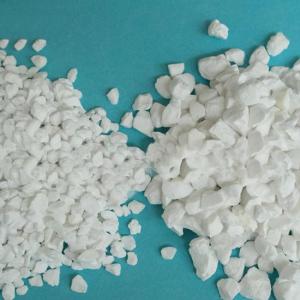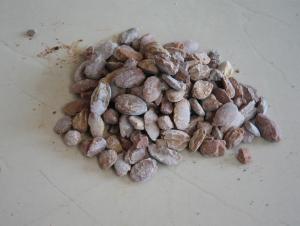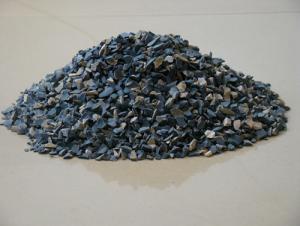SINTERED SPINEL AL2O3 64-66 MGO 32-34 FOR REFRACTORY
- Loading Port:
- Qingdao
- Payment Terms:
- TT or LC or DP
- Min Order Qty:
- 25 m.t.
- Supply Capability:
- 1000 m.t./month
OKorder Service Pledge
OKorder Financial Service
You Might Also Like
Quick Details
· Place of Origin: Shandong, China
· Shape:particle or powder
· Material:
· Al2O3 Content (%): 64-66%
· MGO Content (%): 32-34%
· SIO2 Content (%): 0.3%max
· Fe2O3Content (%): 0.3%max
· CAO ontent (%): 0.5%max
· BD (G/CM3): 3.25min
· Model Number:Customer's Requirement
· Brand Name:CMAX
· Application:Metallurgy or Refractory
· Product name:Sintered spinel
· Color:White
· Size:100MESH/200MESH/0-1MM/1-3MM/3-5MM/0-40MM or as customer's request
· Certificate:ISO9001
· Usage:Refractory
· Type:Refractory raw materials
· shape:particle or powder or clinker
· Packaging Details:Bags/In bulk/As costomer's requirement'
Quality assurance:
1.On a regular basis or as per your request,we entrust national testing agencies to conduct quality inspections
2. Strictly in accordance with the ISO9001-2008 international quality system standard,we monitor and manage the whole process throughout production,quality testing,and measurement to ensure product quality
FAQ:
Q: What kind of payments does your support?
A: T/T, L/C, Cash are accepted.
Q: Do you charge for the samples?
A: Accordeing to our company policy, the samples are free, we only charge the freight fee. And we will return the freight fee during the next order.
Q: Can you produce according to customers' design?
A: Sure, we are professional manufacturer.
Q: Do you have pictures?
A: Yes, please check the pictures:
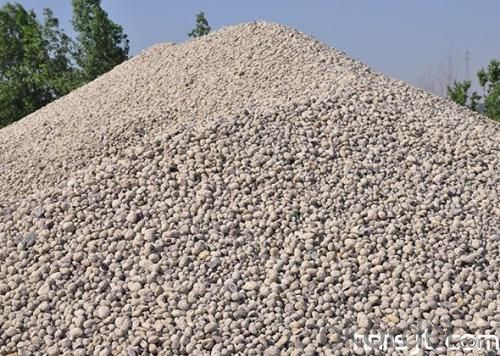
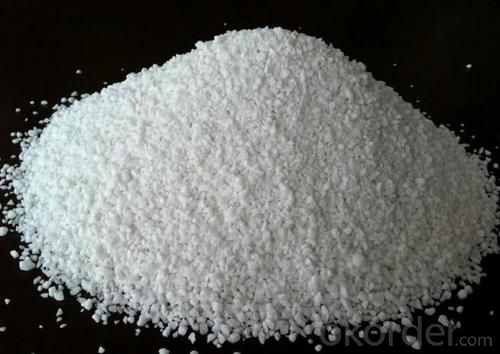
- Q: What requirements should refractory materials meet?
- Ladle is an necessary equipment to undertake molten steel and continuous casting. As many kinds of steel needs to be processed in the ladle, including argon blowing tempering, alloy composition fine-tuning, refining dusting and vacuum processing, working conditions of the ladle lining have worsened. Their working conditions are as follows. (1) The temperature of molten steel is higher than mold casting ladle. (2) the molten steel stays longerin the ladle. (3) ladle lining are subjected to volatilization and agitation of molten steel under high temperatures and in vacuum. (4) The impact on the lining when undertaking steel liner when the impact effect. Therefore requirements of the ladle refractories are as follows: (1) It can resist high temperature. Molten steel should be able to withstand high temperatures without melting. (2) It can resist thermal shock and can withstand molten steel without cracking and spalling. (3) It can resist slag erosion. The ladle should be able to withstand the erosion of lining caused by slag and alkalinity changes of slag. (4) it should have sufficiently high temperature mechanical strength to withstand the agitation and scouring of molten steel. (5) lined should have certain swelling property so that lining will be united as a whole under the effect of hyperthermal molten steel.
- Q: What are the models of refractory cables?
- NH is the firat letter of "refractory" in Chinese phonetic alphabet; It is V, not W. PVC insulation and sheath; K in KVV represents the control cable. 5 * 10 represents the cable is made up of 5 core cables whose nominal cross section is 10 square milimeter.
- Q: How to distinguish the construction fire-proof material rating?
- According to national standard GB8624-97,combustion performance of building materials are divided into the following levels: Class A: Incombustible building material: Material that almost never burn. Class B1: Nonflammable building material: Nonflammable materials have good effect of flame resistance. In case of fire it in the air or at high temperature it is difficult to catch fire and spread, and when the fire source is removed, the combustion can stop immediately. Class B2: Combustible?building?material: Combustible materials have good effect of flame resistance. In case of open fire in the air or at high temperature, it will immediately burst into flames and spread the fire quickly, such as wooden column, timber roof truss, wooden stairs, etc. Class B3: Flammable building material: No flame-retardant effect, highly flammable, high risk of fire. According to national standard, the fire?rating of PVC floor must be class B1.
- Q: I know which material is the fire resistance rolling shutter door
- the materials of fire resistance rolling shutter door are: the inner of fire resistance rolling shutter door is generally filled with aluminum silicate fiber cotton. fire resistance rolling shutter door is divided into AAA inorganic fireproof rolling shutter door and steel fire resistance rolling shutter door. the fireproof?performance of inorganic fireproof rolling shutter door is better, but steel fire resistance rolling shutter door has a certain wind load resistance, which can be installed outdoors.
- Q: What refractories are resistant to fluorine gas?
- It is recommended to use fused-quartz brick, which will produce hydrofluoric acid fluorine (an acidic gas) when water vapors. It is cheap. While it is recommended to use silica?brick if it exceeds 1,200 degrees. So acidic refractory is an advisable refractory for using. It works well if the temperature is below 1200 degrees.
- Q: What is the material composition of the new fire-resistant coating?
- New fire-resistant coating generally consists of base material, dispersion media, flame retardants, fillers, additives (plasticizers, stabilizers, waterproofing agents, moisture, etc.). (1) Base material is the basis of the composition of the coating, and it is the main film-forming substance, playing a decisive role in coating performance . For fire-resistant coating, its base material must be capable of matching with the flame retardant to constitute an organic fireproofing system. The base material commonly employed at home and abroad includes inorganic and organic film-forming material. Inorganic film-forming materials include silicate. Si03, K2 Si03Na2 Si03), silica and phosphate [Al. (HPO.). ] ect. There are a wide range of organic film-forming substance, usually flame retardent organic synthetic resins, such as phenolic resins, halogenated alkyd resins, polyester, halogenated olefin resins (such as vinyl chloride resin), amino resin (melamine resin, urea resin, etc. ), tar-based resins, furan resins, heterocyclic resins (e.g., polyamide-imide, polyimide, etc.), organic elements resins (e.g. silicone resin), rubber (halogenated rubber such as chlorinated natural rubber) and so on. There are numerous latex taking water as solvent. www.hc3600.
- Q: Does anyone know what is the use of waste refractory materials?
- 1.Waste refractory bricks can be reused to make the refractory bricks after being crushed by crusher, but the price is not very high. The purchasing price of refractory plant is ?60/ton. Because the refractory material has been calcinated for two times, it becomes easier to make bricks expansion coefficient with waste refractory bricks, but too much is inadvisable. If too much, the refractory materials would have a bad combination, which will give rise to loose bricks and incomplete corners. Nowadays, ordinary refractory plants would purchase waste refractory bricks to produce bricks, but better plants wouldn’t do this.
- Q: what's the requirements of refractory for forge furnace?
- . . . . . . . .
- Q: how does the fire endurance of first rate fire resistant window?
- Not less than 1.5 hours
- Q: What is fire retardant coating mainly used for?
- Fire retardant coating is a coating which is applied to the surface of buildings and structures and can form a protective layer of fire retardancy and thermal insulation. It can reduce the flammability of the coated materials and block the rapid spread of fire so as to improve fire endurance of the coated materials. Features of fire retardant coating: (1) Fire retardant coating itself has a flame-retardancy or non-inflammability, and it can prevent the protected substrate from direct contact with the air, and delay ignition and reduce the burning speed of the objects. (2) In addition to flame retardancy or non-inflammability, the fire retardant coating itself has a a low thermal conductivity, which can delay the transfer of flame temperature to the substrate to be protected. (3) When heating, fire retardant coating decomposes non-combustible inert gas to dilute the combustible gas decomposed by the protected, making it difficult to burn or slow down the burning rate. (4) Fire retardant coating containing nitrogen will decomposite NO, NH3 and other basic groups, which compound with the organic radicals and interrupt the chain reaction so as to reduce the temperature. (5) intumescent fire retardant coating will expand and foam when heating, and form a carbon foam insulation to block the protected objects, thus delaying the transmission of heat to the substrate.
Send your message to us
SINTERED SPINEL AL2O3 64-66 MGO 32-34 FOR REFRACTORY
- Loading Port:
- Qingdao
- Payment Terms:
- TT or LC or DP
- Min Order Qty:
- 25 m.t.
- Supply Capability:
- 1000 m.t./month
OKorder Service Pledge
OKorder Financial Service
Similar products
Hot products
Hot Searches
Related keywords
